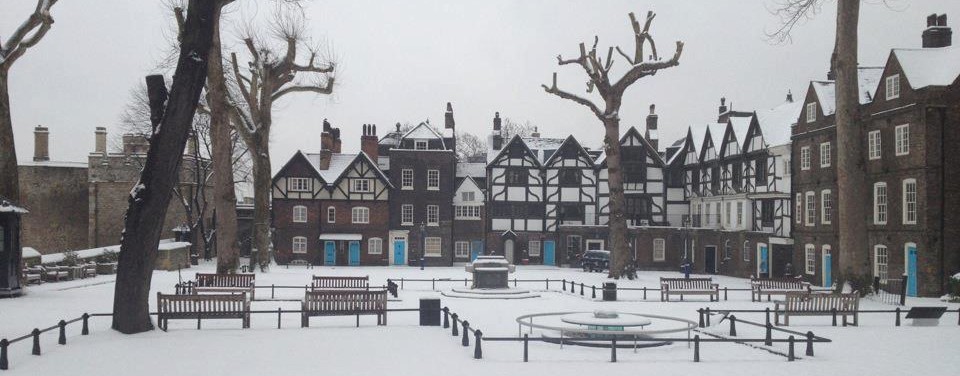British Victory Medal
The Victory Medal (United Kingdom) was issued to all those who received the 1914 Star or the 1914–15 Star, and to most of those who were awarded the British War Medal. It was not awarded singly.
To qualify, recipients need to have served in the armed forces of the United Kingdom or the British Empire, or with certain recognised voluntary organisations, and have entered any theatre of war between 5 August 1914 and 11 November 1918. While home service did not count, United Kingdom based members of the RAF who were actively engaged in the air against the enemy did qualify, as did those who flew new planes to France.[1] Women qualified for this and other First World War campaign medals while serving in nursing and auxiliary forces in a theatre of war.
It was also awarded for mine clearance in the North Sea between 11 November 1918 and 30 November 1919 and for participation in the Allied intervention in the Russian Civil War up to 1 July 1920.
The Victory Medal (also called the Inter-Allied Victory Medal) is a United Kingdom and British Empire First World War campaign medal.
The award of a common allied campaign medal was recommended by an inter-allied committee in March 1919. Each allied nation would design a ‘Victory Medal’ for award to their own nationals, all issues having certain common features, including a winged figure of victory on the obverse and the same ribbon. Fourteen countries finally awarded the medal.
